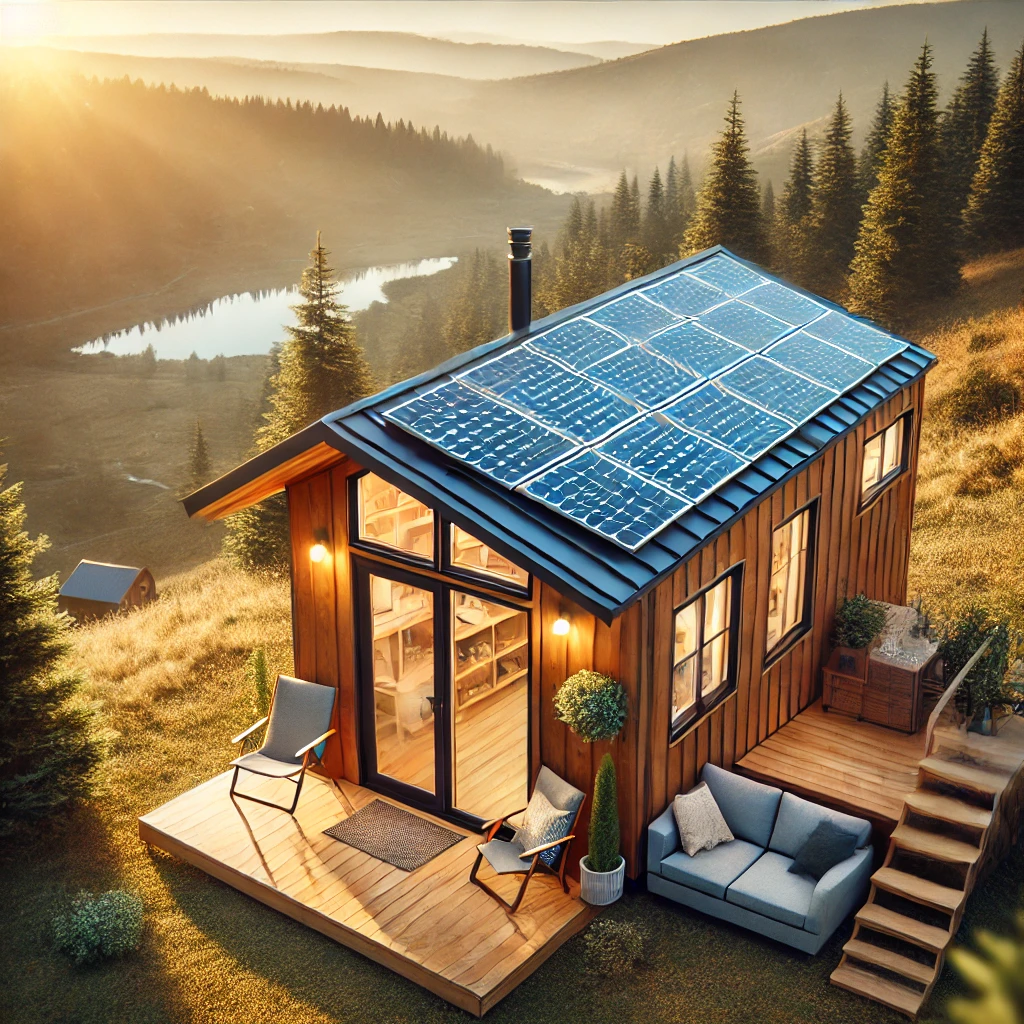Simplify & Roam: A Guide to Tiny Living
Top Blog Posts:
Browse some of our most popular Tiny Home topics:
How to Winterize Your Tiny Home: Essential Tips for a Cozy Season
Preparing your tiny home for winter is crucial for comfort and energy efficiency. As temperatures drop, it’s essential to take proactive measures to protect your investment. From insulation upgrades to heating solutions, this guide covers everything you need to know to winterize your tiny home effectively. By following these tips, you can ensure your tiny space remains warm and inviting throughout the colder months.
Why Retired Folks Should Invest in a Tiny Home
As retirement approaches, many individuals seek a lifestyle that reflects their values and desires for simplicity. Investing in a tiny home can be a game-changer for retirees, offering financial freedom, lower maintenance, and the opportunity to embrace a minimalist lifestyle. In this post, we’ll explore the compelling reasons why more retirees are making the switch to tiny living and how it can enhance their golden years.
How to Design Your Custom Tiny Home: A Comprehensive Guide
Designing your custom tiny home is an exciting journey filled with possibilities. From selecting the right materials to optimizing space, each decision shapes your unique living experience. In this guide, we’ll walk you through the key steps to create a tiny home that reflects your style and needs, emphasizing functionality and sustainability. Whether you’re going off-grid or just want a minimalist lifestyle, follow these tips to design a space you’ll love to call home.
How AI Could Revolutionize the Tiny Home on Wheels Industry: The Future of Smart, Sustainable Living
The tiny home on wheels industry is on the brink of a transformation, thanks to artificial intelligence. From smart automation and energy-saving systems to space-maximizing designs, AI could redefine what’s possible in mobile living. Here’s how AI could revolutionize tiny homes on wheels, offering a new level of comfort and efficiency.
Top Features Tesla’s Tiny Home on Wheels Could Have: A Hypothetical Look
What if Tesla entered the tiny home market? A tiny home on wheels by Tesla would likely feature cutting-edge technology, eco-friendly solutions, and a futuristic design. Let’s dive into the top features we might expect if Tesla built a tiny home that redefines off-grid living.
Top Things to Do After Buying Your Tiny Home on Wheels: Essential Steps for New Owners
Congratulations on buying your tiny home on wheels! Now that you have the keys, it’s time to focus on some key steps that will make your tiny living experience smooth and enjoyable. From finding the perfect parking spot to customizing the interior, here’s a checklist for new tiny home owners.
How Much Money Can You Make Per Year Airbnbing a Tiny Home? Potential Earnings Explained
With their charm and uniqueness, tiny homes have become a popular choice on Airbnb, attracting guests seeking memorable stays. But how much can you actually make from Airbnbing a tiny home? Here’s a breakdown of potential earnings, key factors affecting income, and tips to maximize your profits.
Unlock Insider Tips on Tiny Home Living & Smart Buying Strategies.
Join our newsletter for exclusive tips on tiny home living, smart buying advice, and design ideas to bring your tiny home dreams to life—plus, get first access to special offers from Nomadic Structures!







